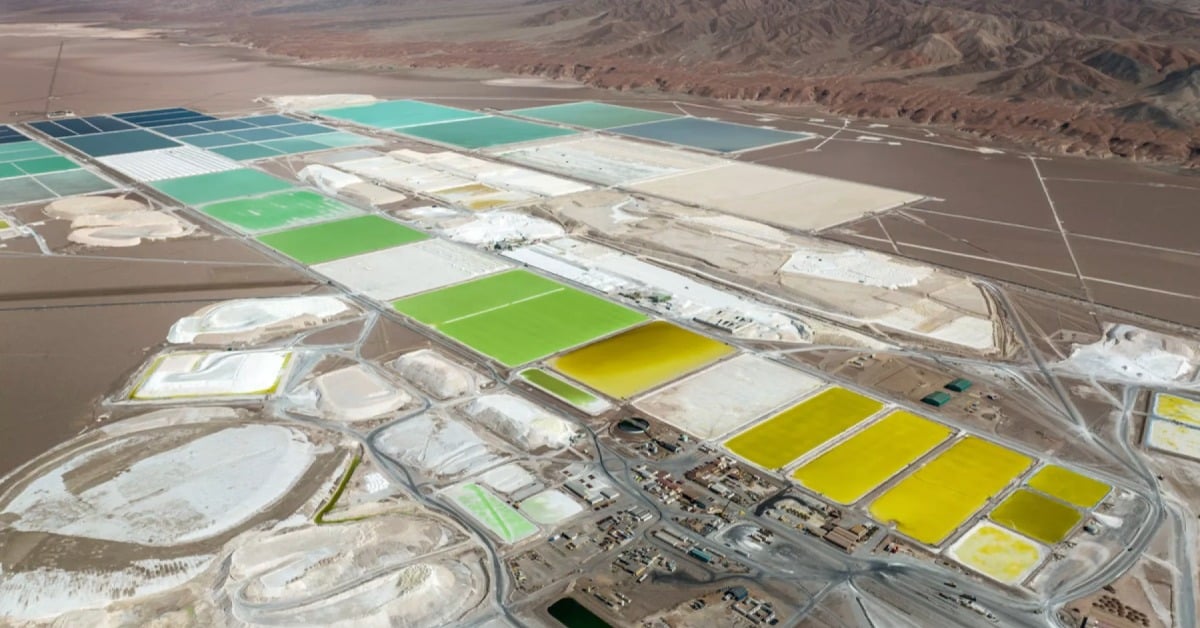Mexico’s Lithium Venture Stalled: Despite rich reserves and nationalization, Litio MX lags—legal battles and funding gaps derail progress and leave Mexico’s lithium potential untapped . . .


Mexico’s Lithium Venture Stalled: Despite rich reserves and nationalization, Litio MX lags—legal battles and funding gaps derail progress and leave Mexico’s lithium potential untapped . . .
